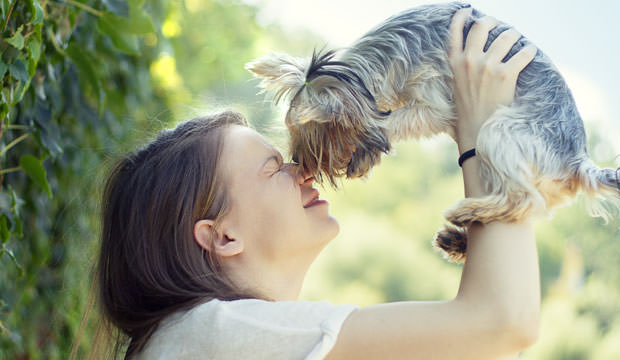
You’ve noticed that your dog is having some sort of an allergic condition, and you’re, naturally, worried. Apart from getting an appointment with your veterinarian as soon as you possibly can and doing whatever the vet told you to do, there are a few ways you can help your four-legged friend out by yourself as well.
Food Allergies
Food allergies in dogs don’t only show themselves in the most obvious ways like vomiting, diarrheas, gas, etc., but they can also be spotted by one or several of the following symptoms: itchy or oozing skin; inflamed ears; swollen paws; coughing or sneezing; asthma; red, irritated eyes; and nasal discharge.
First of all, you can use Dr. jean Dodd’s Nutriscan saliva test to determine whether your pup is allergic to the most common antigens for dogs like corn, beef, soy, eggs, wheat, and milk. However, you can use this test only if your dog is at least one year old.
If your pet has been eating the same food for a number of months (or perhaps even years), there’s a big possibility that he or she has developed an allergy to it (that’s why diet diversity is important to animals as much as to humans).
You can consult a holistic vet, who will determine the right diet for your pooch (from treatment to everyday eating). Supplements are also always useful, especially with detoxification, immune system support, and allergy relief.
Find Supplements for Your Dog – Click Here
Lastly, you can change your dog’s diet on a regular basis, and make sure that the diet is balanced, and species-appropriate. It should be preferably raw, either homemade or commercial. Remember to always rotate your pup’s protein sources, and limit or eliminate grains.
